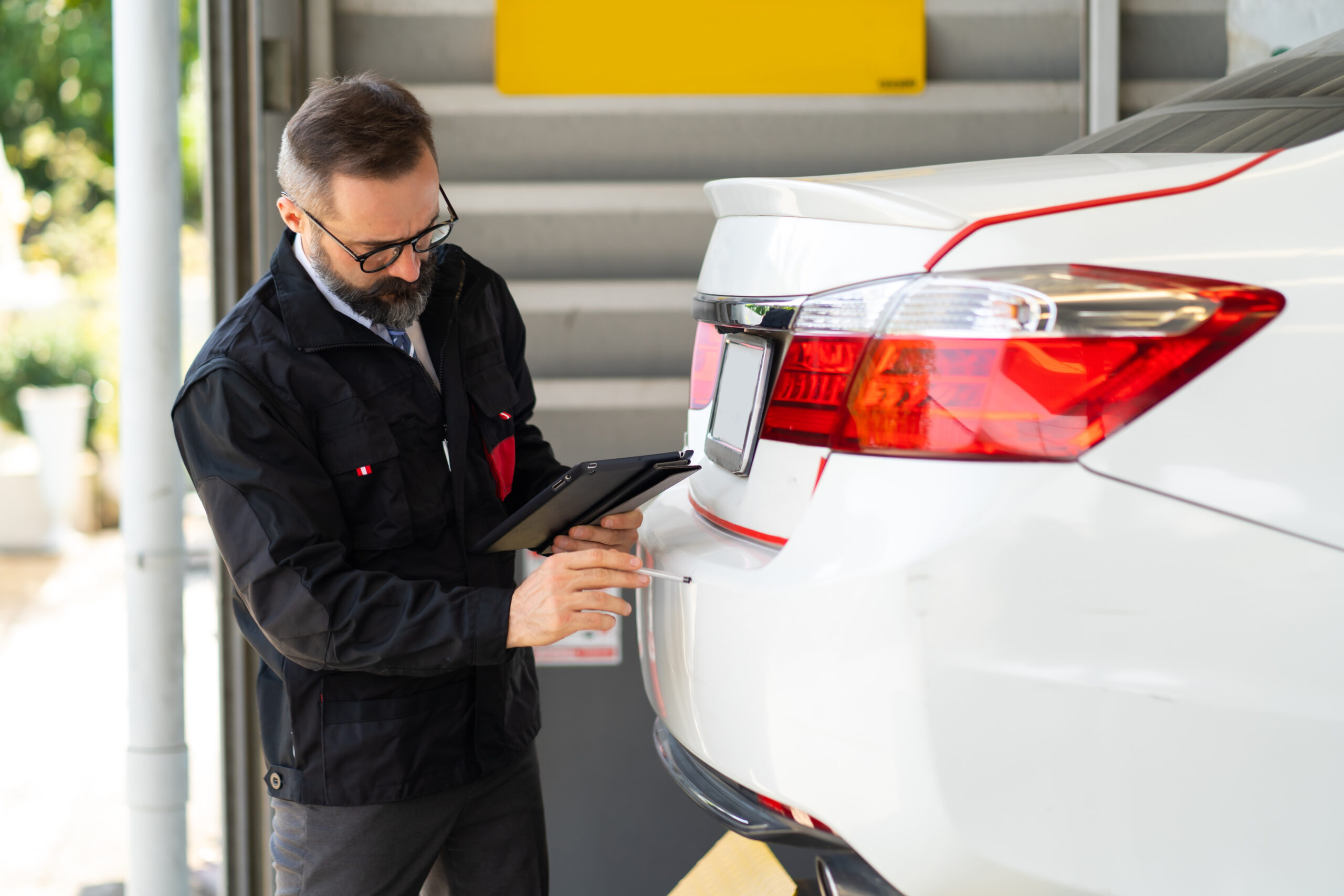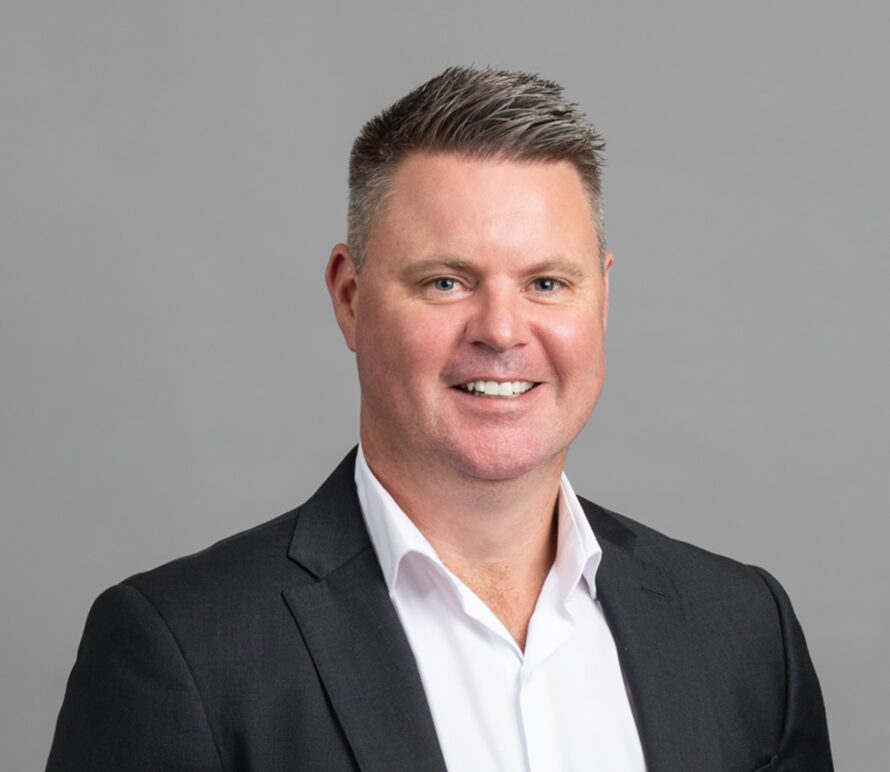Motor vehicle loss assessors are qualified technical experts with experience in the repair of accident-damaged motor vehicles. Engaged by insurance companies, these professionals confirm motor vehicle loss, cost and method of repair of damage subject to an insurance claim.
This is done by inspecting the vehicle on-site or through digital images. The loss assessor then ensures that costs are fair and reasonable, repairers are qualified and equipped to perform the repairs, and the damage is consistent with the claim. Loss assessors will close the loop by reporting these details back to the insurer.
The world of vehicles and insurance is ever-changing, though. So, how does technology, artificial intelligence, and the introduction of electric vehicles in Australia change the role of the loss assessor?
Motor loss assessing is about more than the repair costs. That’s becoming even more clear as the role evolves.
AAMC’s National Assessing Manager, Josh, spoke to these new times on the Insurance Business Talk Podcast. The podcast covered the overall motor insurance sector, how the role of assessing professionals is changing, and the impact of evolving technologies on the role.
Assessors don’t just adjust repairer estimates. They need comprehensive knowledge of vehicles and a technical understanding of how they’re repaired. And they need to be able to negotiate and communicate. Assessors basically sit in the middle of the claim triangle, with claimants on one corner, repairers on another, and the insurance company sitting on the third.
They handle any disputes or disagreements between the claimants and repairers, they communicate diplomatically between all parties, and they generally improve the experience of the customer following their accident.
A common misconception is that assessors primarily focus on cost reduction. Their primary focus is actually to ensure the most appropriate method of repair is specified, that repairs can be completed to a high standard and that the vehicle’s safety integrity is maintained.
So, for an assessor, their typical day will include on-road assessing appointments and then administration work back in the office. Whether they complete assessments on-site or remotely, they’ll negotiate repair costs and authorise the repairs. Then they’ll keep the line of communication with the client open and complete assessment reports for the insurance company.
At AAMC, our assessors handle a wide variety of work and are subject to more complex claims than a typical insurer’s in-house assessors. Due to the wide range of insurer clients and vehicle types, our assessors develop a very broad knowledge base.
Times are changing, but consumers aren’t.
Typically, the motor claims process would see a repairer submit a repair cost estimate and submit it to the insurer for the assessment stage. This process still happens today. However, cars have since evolved with more complex technology and components, and regulatory compliance has evolved, adding another layer of complexity.
When AAMC first started, many people believed there’d be no need for assessors in the coming years because technology was evolving so rapidly. But as we’ve seen, customers still want someone to talk to, guide them through the process, and lend a compassionate ear. That blend of understanding and expertise means motor assessing can never be completely automated. In most customers’ eyes, skills, experience, and knowledge are more important than speed.
Depending on the insurer, though, some assessors will no longer engage directly with customers. This can have an impact on the claims process and create a disconnect that often results in misalignment over the value of a vehicle in a total loss situation.
Technology is shaking up the industry
The industry-wide shift from manual processes to automation is transforming the way insurers operate, communicate, and manage customers. Access to information means that consumers are becoming more aware of their rights. So, they expect faster, more efficient service with greater transparency throughout their claims process. Insurance consumers have also changed and become more equipped to challenge decisions and use dispute resolution mechanisms.
Digital improvements are being used to enhance communication with claimants, enabling features like automated updates and scheduling of customer interactions. This alleviates some of the administrative pressures put on insurance providers while enhancing the transparency of customer interactions and claims processes through real-time updates.
AI and machine learning tools are slowly emerging in the industry, but they’re not yet ready to replace assessors’ technical expertise. Intelligent technologies, though, can play a pivotal role in automating and streamlining administrative tasks and repair authorisations, allowing assessors to focus on those more technical aspects. These technologies are helping to improve efficiency and accuracy, leading to a more compelling customer experience.
Then we need to factor in electric vehicles and new repair methodology
The rise of electric vehicles (EV) requires assessors to learn new technologies and repair methods. And this means significant training programs for handling EVs, including safety and valuation. Innovations in vehicle materials and safety features are also bound to impact repair costs.
Current safety features focus on accident prevention, and these increase repair expenses. New materials and safety features increase the complexity of the repair along with the costs. Especially as newer car models and EVs leverage more computerised components.
EVs, however, have fewer moving parts than internal combustion engine (ICE) vehicles and generally require less maintenance. However, they still require regular checks for brakes, tyres, wiper blades, and corrosion.
Specific EV maintenance includes monitoring battery health, which can degrade over time, and ensuring software updates are regularly installed by professionals. Due to the advanced technology and expensive components, such as door mirrors, EV repairs are typically 25% more expensive than ICE vehicle repairs. The supply chain for EV parts is less developed, making it harder to find affordable, non-OEM parts compared to ICE vehicles.
Assessing battery damage post-accident is still challenging, leading to total loss declarations for minor battery impact damage. Information on battery recycling is limited, but manufacturers are starting to develop recycling solutions. EV-specific insurance should ensure access to specialised repairers endorsed by the manufacturers (OEM).
To prepare for the future, we’re developing assessing training
There’s a shortage of trained technicians for motor assessing in general but more so for evolving technologies such as EVs, and specialist training often requires our assessors to travel to receive specific instruction. With the high voltage risks and increasingly complex technology involved in EVs, EV owners are advised against DIY repairs. Proper training and safety equipment are of critical importance when working on these vehicles.
AAMC provides vehicle assessing and accident management services with a national presence in Australia, including expertise in EV repairs. AAMC can manage the entire accident repair process, ensuring vehicles are repaired safely and cost-effectively. While we don’t operate from repair centres, we work with a network of over 200 partnered repair facilities across Australia, with specific coverage for EV repairs.
We also recognise the ongoing talent shortage within our sector, which is why AAMC launched a two-year motor assessor training program in 2023. The program is designed to combat the diminishing number of experienced motor vehicle assessors, providing participants with Cert IV qualification in Vehicle Loss Assessing upon completion.
Advances in the complexity of vehicle manufacturing, repair technology, and motor insurance claims have increased the need for highly trained assessors. Our program is designed for individuals with motor vehicle repair knowledge, such as panel beaters, mechanics, motor service technicians, spray painters, and auto electricians.
Our company is committed to developing future skilled technical specialists, providing them with the knowledge and experience they need to navigate an increasingly digitalised and legislative motor claims space.
AAMC has a 21-year record as a leader in vehicle loss assessment in Australia. We’ve built our reputation in motor loss assessing, end-to-end repair management and complex claim cost containment strategies for motor insurance companies, commercial fleets, brokers, and corporate entities.
We’re here to ensure motor claims are handled ethically, professionally, accurately, and compliantly to help insurers receive a fair outcome. Ready to get started? Talk to a specialist.


